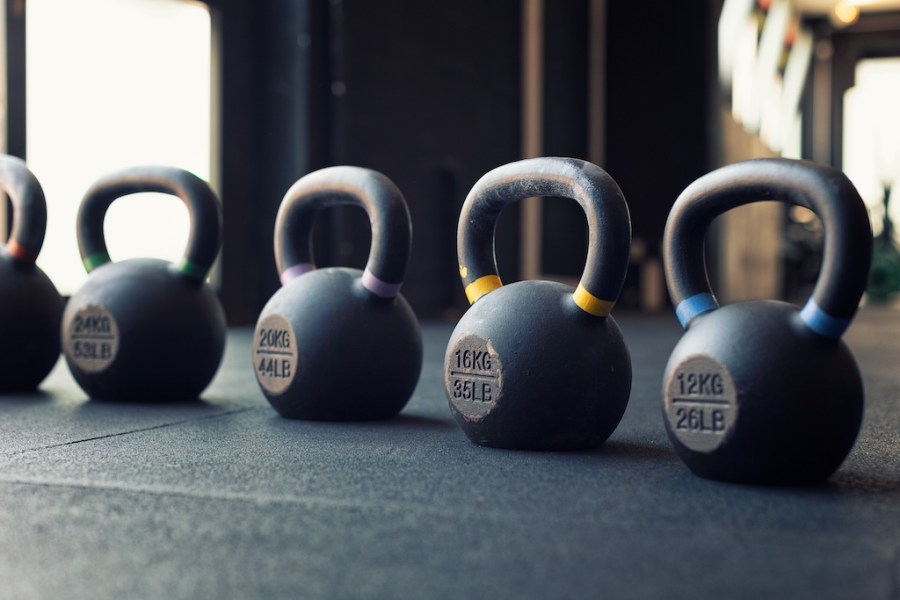Your first kettlebell workout can be a daunting prospect if you’ve never picked one of the best kettlebells up before, especially as there are two kinds to choose from: adjustable kettlebells and fixed kettlebells. As an experienced PT I’ve used them both – a lot. Here’s all you need to know about each type, and which might be best for you.
Why you can trust Men’s Fitness
Men’s Fitness has had its finger on the pulse of the healthy lifestyle scene since 2001. That means we’ve got more than two decades of experience in the industry and have built up connections with top professionals. As such, we only offer insight and advice from those who know best – and who have the credentials to prove it. This explainer on the different types of kettlebells is by experienced PT Joe Minihane.
Fixed kettlebells
Fixed kettlebells are solid and robust, and what most of us will be used to in a gym. These are cast-iron bulbs with a sturdy handle on top.
Compared with adjustable kettlebells, you can get a much wider range of weights, meaning you can go heavier as you grow stronger.
If you do kettlebell workouts often, I would always use a conventional kettlebell for robustness, reliability and consistency. They’re just nicer to hold and use.
However, the issue is that they can take up a lot of space at home, meaning it may be better to keep workouts with fixed kettlebells reserved for the gym.
As anyone who purchased a kettlebell in lockdown will attest, once you get used to a certain size, you’ll be wanting to increase the weight. You may then find that you’re constantly buying expensive kettlebells, which will then more than likely become handy door stops.
Fixed kettlebells will be what you find at the gym, with the bonus of having the space to swing them high and workout without knocking into your kids or having to move all your furniture.
Adjustable kettlebells
Adjustable kettlebells are perfect for kettlebell home workouts, where space is at a premium. As the name suggests, you can change the weight depending on how heavy you want to lift and what kind of exercise you’re planning to do.
The adjustable kettlebell is great for efficiency of space and budget, as you only have one component that will then become many different weights for you to use.
You adjust the weight by moving a pin or turning a dial to get the desired weight. This flexibility means you can lift different weights depending on the muscles you want to work.
You might want to go quite heavy on a squat, but then want to keep it fairly light for a twist.
The downside is that adjustable kettlebells lack the overall sturdiness of fixed kettlebells and you may find that the inner mechanisms move when working out, especially if you opt for budget versions.
Adjustable kettlebells can also be quite fiddly if you are working multiple exercises over multiple sets, for example in a circuit, where having to constantly change the weight can be a faff.
They are best for those just starting out using kettlebells or those who don’t have the storage space for fixed kettlebells.
For budget, economy of space and using them once or twice a week, go for adjustable kettlebells.

I’d recommend the Bowflex SelectTech 840 if you’re looking for a good value adjustable dumbbell
Related content






